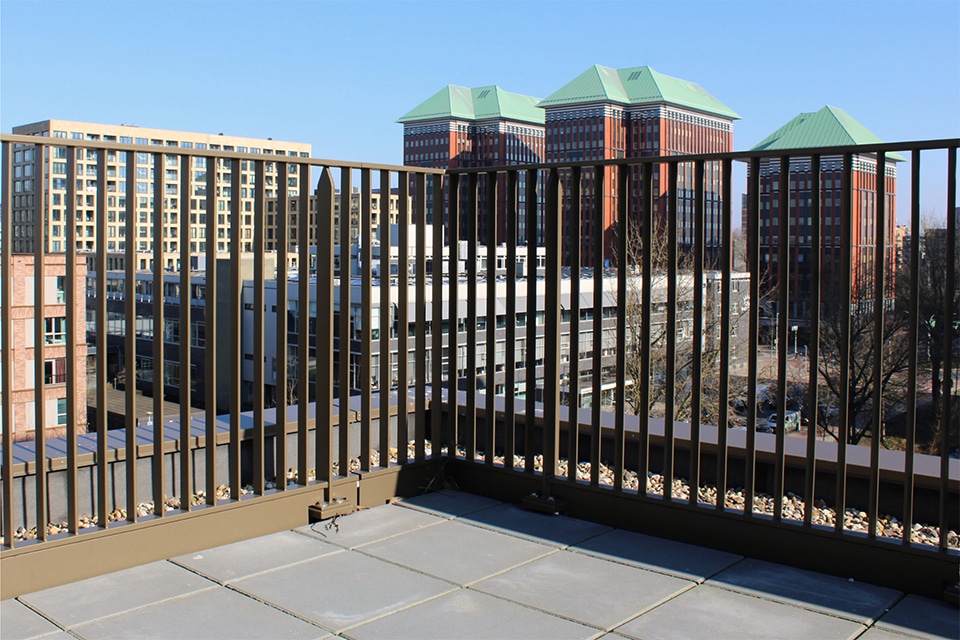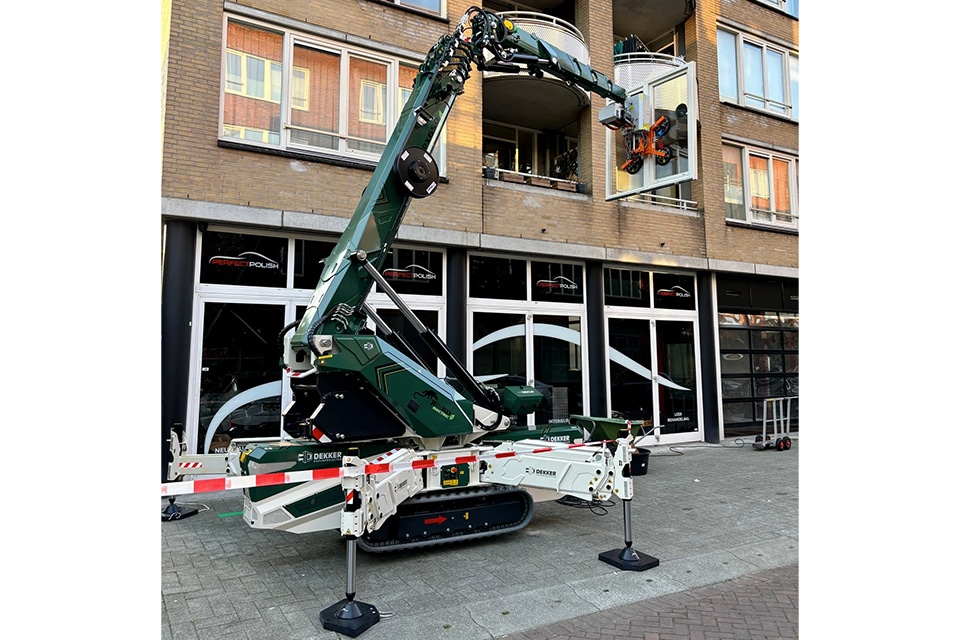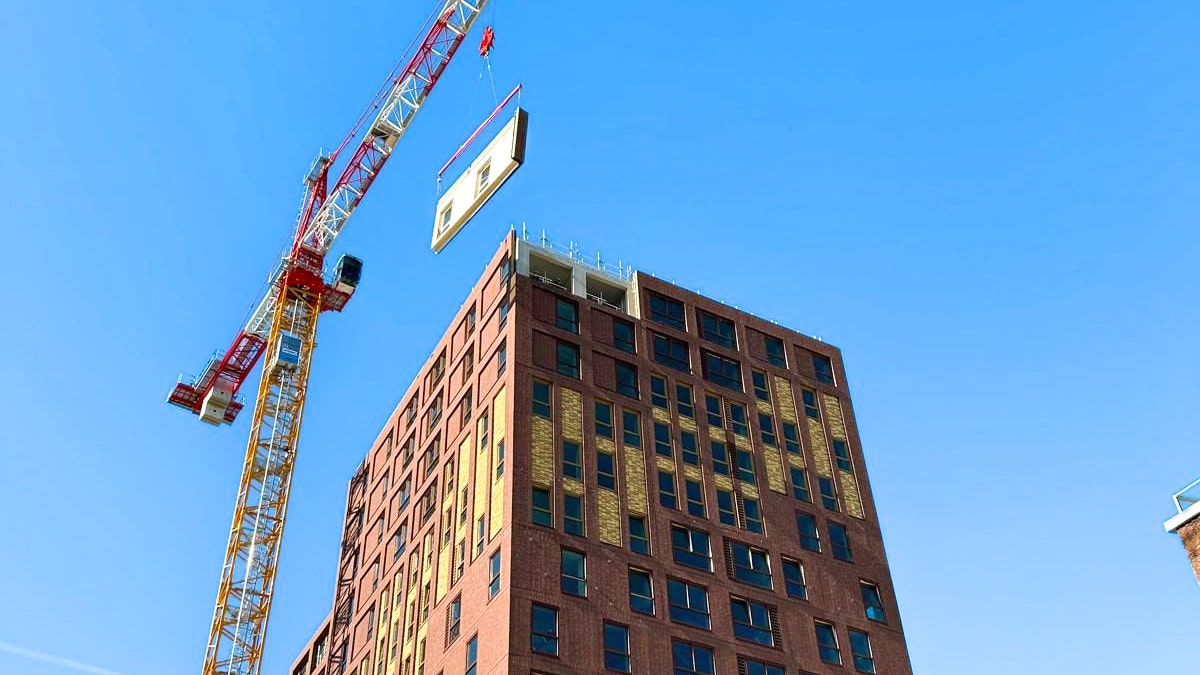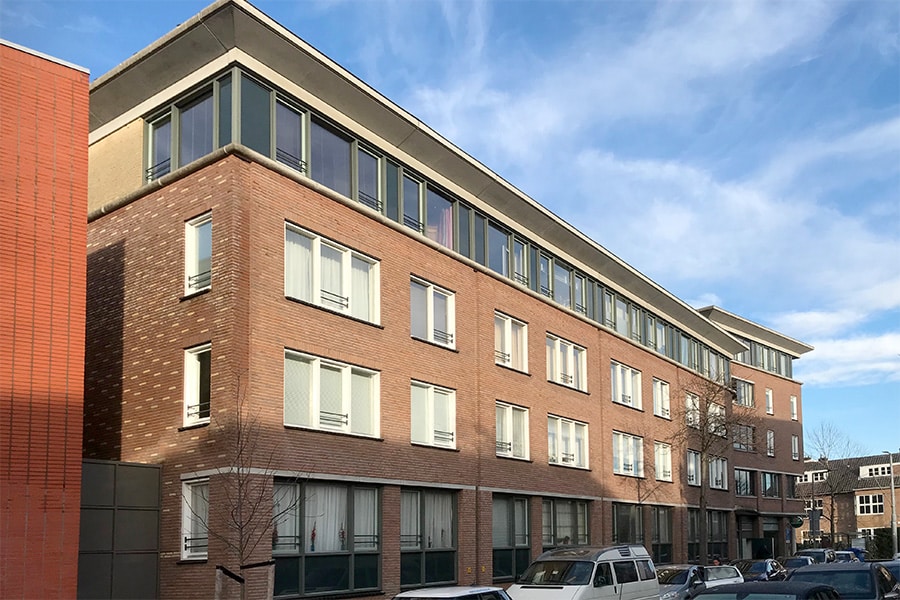
Koningsplein, Amsterdam | Luxury living and shopping in monumental buildings
Nine monumental buildings on Koningsplein, in the center of Amsterdam, are being renovated and converted into a luxury residential and retail complex. The biggest challenge is the new basement, which is being built under the historic buildings.
The basement is designated for the supermarket, which was located on the first floor prior to the renovation. After the renovation, the first floor will accommodate four high-end stores, spread over the first three floors. The rest of the superstructure, which has a total of five floors, will house seventeen apartments.
Complex matter
The project is being realized in construction team. In this, Burgland Bouw is responsible for the realization. "On behalf of a.s.r. Dutch Prime Retail Fund, we also previously renovated and rebuilt properties on Koningsplein," says head of project management Hubert van Velden of Burgland Bouw. "The big difference is that now we are not only renovating the existing premises, but also making a new basement and pile foundation underneath. A complex matter, since this involves nine existing buildings that are being connected to form a single unit.
Some of these already had small basements. In order to create one large basement, the existing foundation and basements had to be demolished and the affected properties cushioned by a temporary underpinning structure. And in such a way that there would be no damage to existing properties and adjacent buildings."
Basement almost finished
"In March 2019, we started on the basement," Van Velden continues. "Because it is below the groundwater level, we first realized an indoor sheet pile pit. With this we made, meter by meter, the contours of the basement. Then we made a new pile foundation with bored piles. On this we placed a temporary support structure of steel, which cushions the buildings from the second floor. Then we demolished the first floor and basement floor and excavated the basement deeper. Meanwhile, the new basement floor is back in and the concrete basement walls are also nearly complete. The aim is to pour the new first floor before the construction period, so that we can start immediately afterwards with the realization of the store area."
On the first floor, a new steel structure will take over the function of the old, brick walls. The auxiliary steel for the support structure, totaling more than 170,000 pounds, will all be removed again.
Monumental retain walls
The interior of the historic buildings will be largely gutted and rearranged. The realization of the apartments will use the existing building walls. For the stores, some buildings will be merged. However, several monumental walls have been retained from the existing support structure. "This means in some cases that we are removing a wall brick by brick and putting it back later," Van Velden says. "In other cases, walls are accommodated with a temporary support structure." Several other original details have been retained or brought back into the building. For example, the front facade is being restored to its former glory, with lots of natural stone and the original window frames.
Location requires attention
A major focus of the project is location. Building in the middle of Amsterdam means, among other things, that the construction team must take into account window times. There is also hardly any space on the construction site. All materials are delivered just-in-time.
Van Velden: "Around the project site there are many other historic buildings. Naturally, these must not be allowed to crack or subside during the work. During the construction of the basement, we drove the sheet pile walls and pile foundations into the ground without vibrations. We also monitored continuously for any settlements and kept a close eye on the groundwater level."
Real collaboration
The complexity of the project, combined with the unpredictability associated with underground construction, demands a lot from the construction team. "We desperately need each other," Van Velden emphasizes. "We sometimes face unforeseen situations. That may be something very specific, such as an existing concrete floor that is three times as thick as expected. But it can also be that certain requirements change. We can only solve such situations if we really work together. That is what happens here. The backlogs that we accumulated during the execution have been cleared together. We are working as one team towards the completion of the last apartment."




